National Institute of Ecology (hereafter referred to as the “NIE”) under the Ministry of Environment, Republic of Korea, released five Black-faced Spoonbills (IUCN: Endangered, National Species: Level I) to the natal site, tidal flat of Ganghwa-do, Incheon on 1 July, 2020.
Black-faced Spoonbill was listed as an Endangered (EN) species in IUCN Red List and legally protected in the majority of its ranging countries. This species breeds on uninhabited islets along the west coast of the Korean Peninsula, Liaoning province in mainland China and South Primorye in Russia, winters along the coast of East Asia including Jeju Island in South Korea, Japan, Taiwan, Macao, Hong Kong, mainland China, the Philippines, Vietnam, Cambodia and Thailand. It inhabits coastal tidal flats and estuaries of rivers. About 1,400 pairs, which are approximately 90% of the world’s breeding population are found on the west coast of Korea.
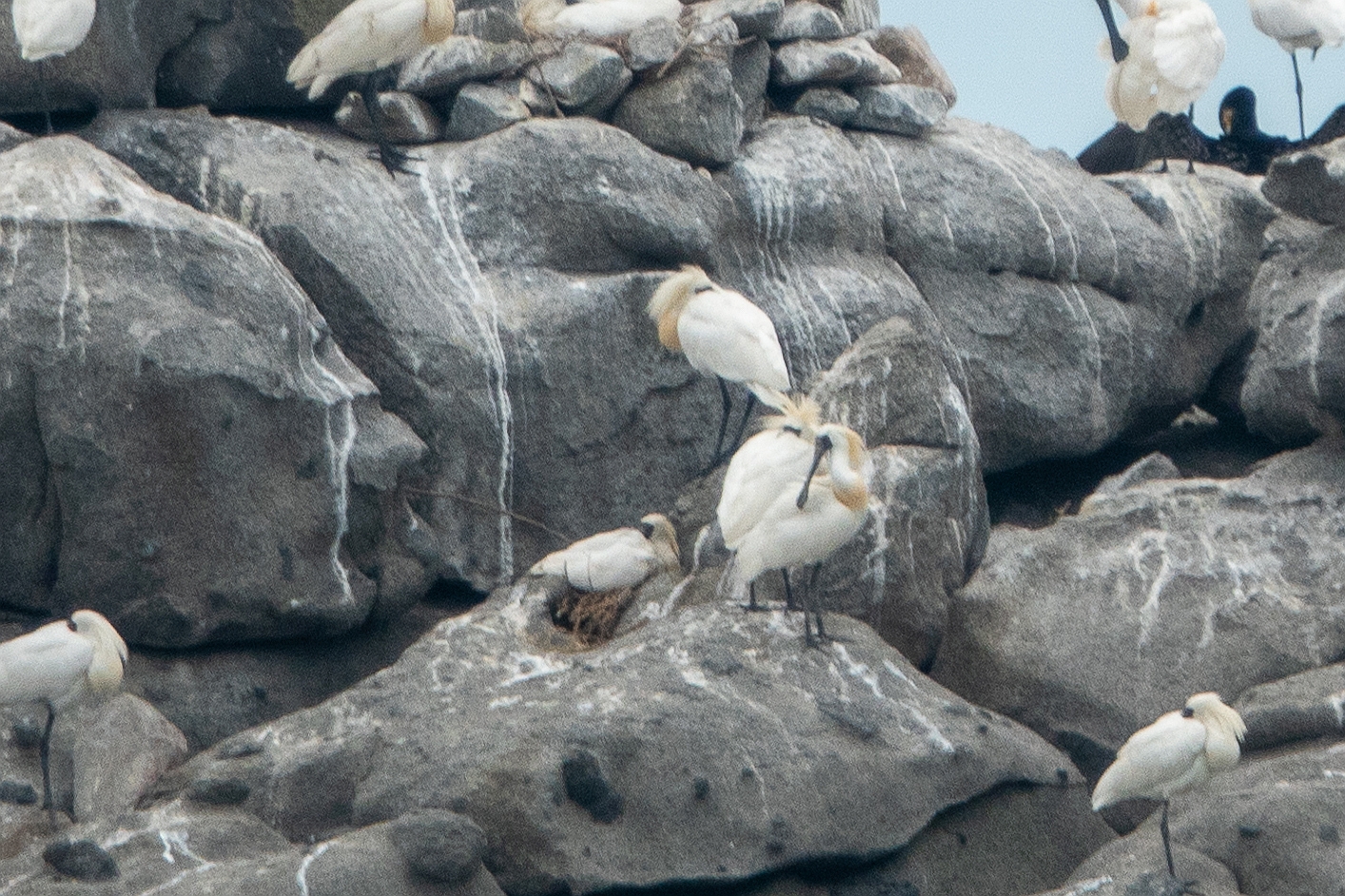
Submerged nest in Gaksiam ©National Institute of Ecology
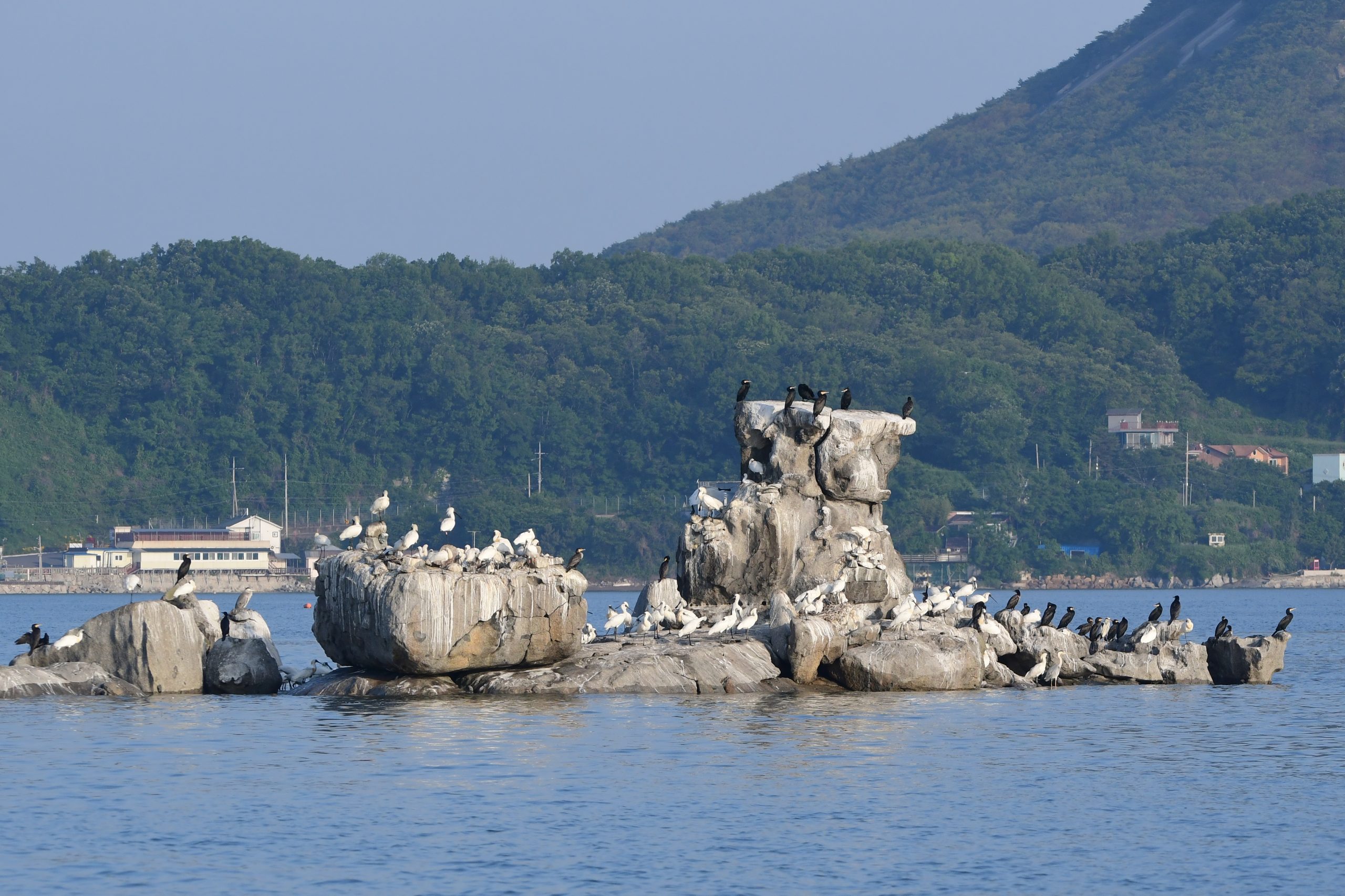
Gaksiam ©National Institute of Ecology

Population changes of Black-faced Spoonbill breeding in Gaksiam ©National Institute of Ecology
`Research Center for Endangered Species (RCES)` of the NIE rescued ten eggs prior to being drowned during high tide in Gaksiam, one of the breeding colonies in Ganghwa-do, Incheon on 15 May, 2019. Four chicks from the 10 rescued eggs were hatched through artificial incubation and were artificially reared in RCES. Meanwhile, Incheon Wildlife Rescue Center additionally rescued an exhausted juvenile spoonbill after being entangled with abandoned fish lines in the tidal flat of Songdo, Incheon on 26 August, 2019. The spoonbill was transferred to RCES for recovery and rehabilitation training for future release to the wild with other rescued spoonbills. During the rehabilitation training program before release, RCES researchers conducted flight, hunting, and human avoidance training to increase survival rate of the five releasing spoonbills. Color bands (Y21~Y25) and transmitters (Y21~Y23) were attached to the spoonbills for collecting and analyzing data such as local movement, habitat use, migration route between breeding and wintering grounds, followed by the evaluation of `headstarting` technique1) for the Black-faced Spoonbill.
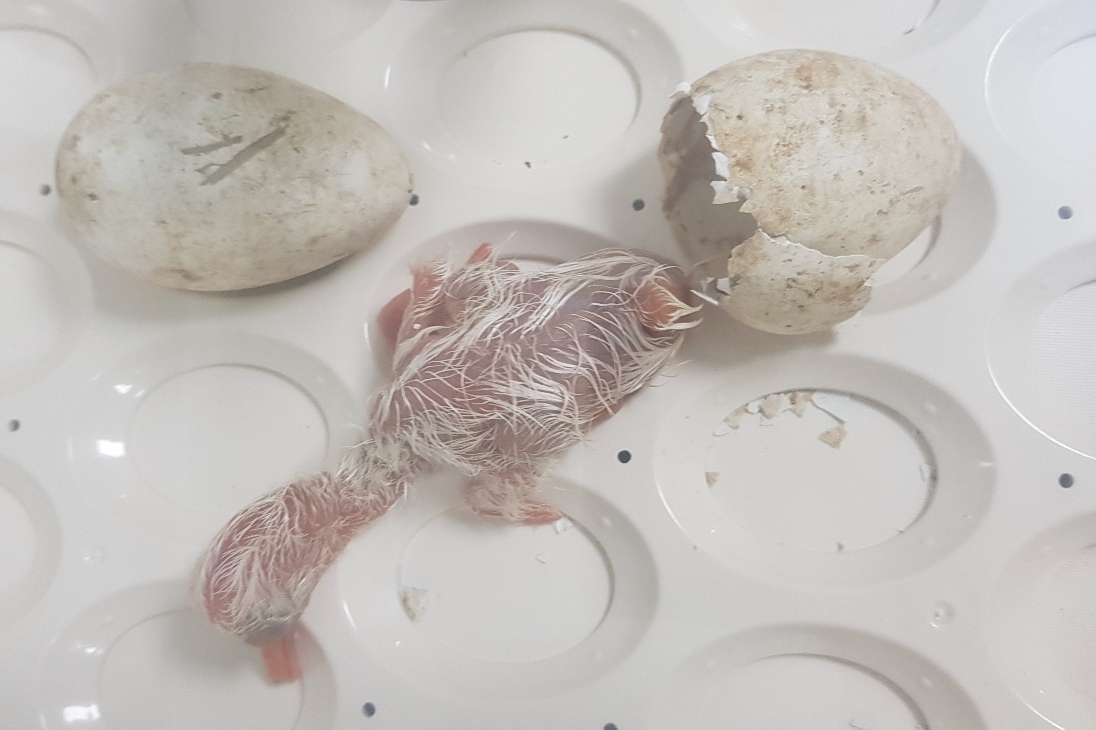
Black-faced Spoonbill chick born by artificial incubation ©National Institute of Ecology
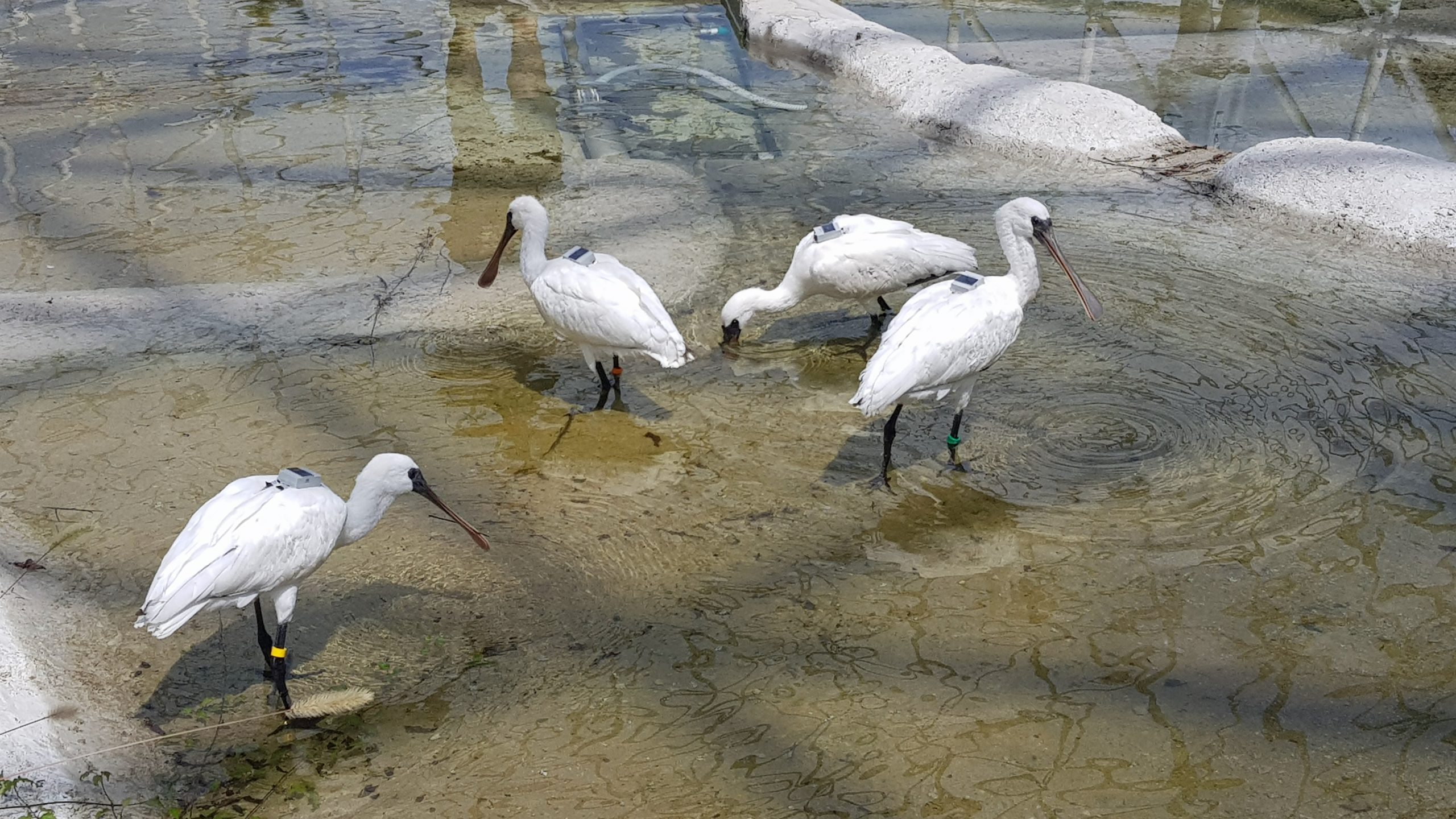
Hunting training of Black-faced Spoonbill ©National Institute of Ecology
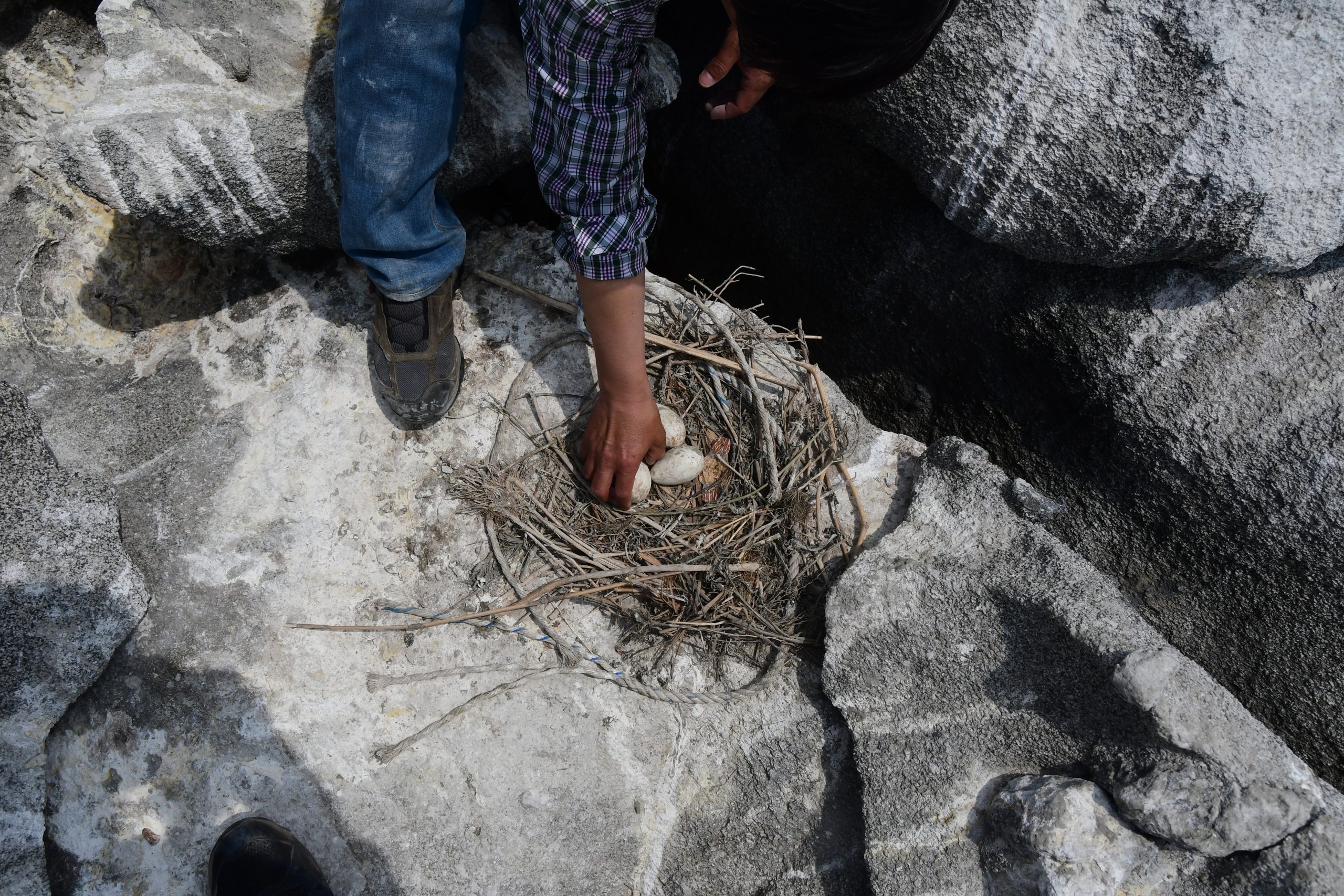
Rescuing eggs from submerged nest ©National Institute of Ecology
Park, Yong-mok, NIE’s President, announced that the release of spoonbills will serve as a good opportunity to reinforce the on-going research on the management of wild populations of Black-faced Spoonbills in accordance with the ‘Comprehensive Plan for Conservation of Endangered Species’ of the Ministry of Environment. NIE will make continuous effort to protect this endangered species through `Incheon Black-faced Spoonbill Conservation Guild`.
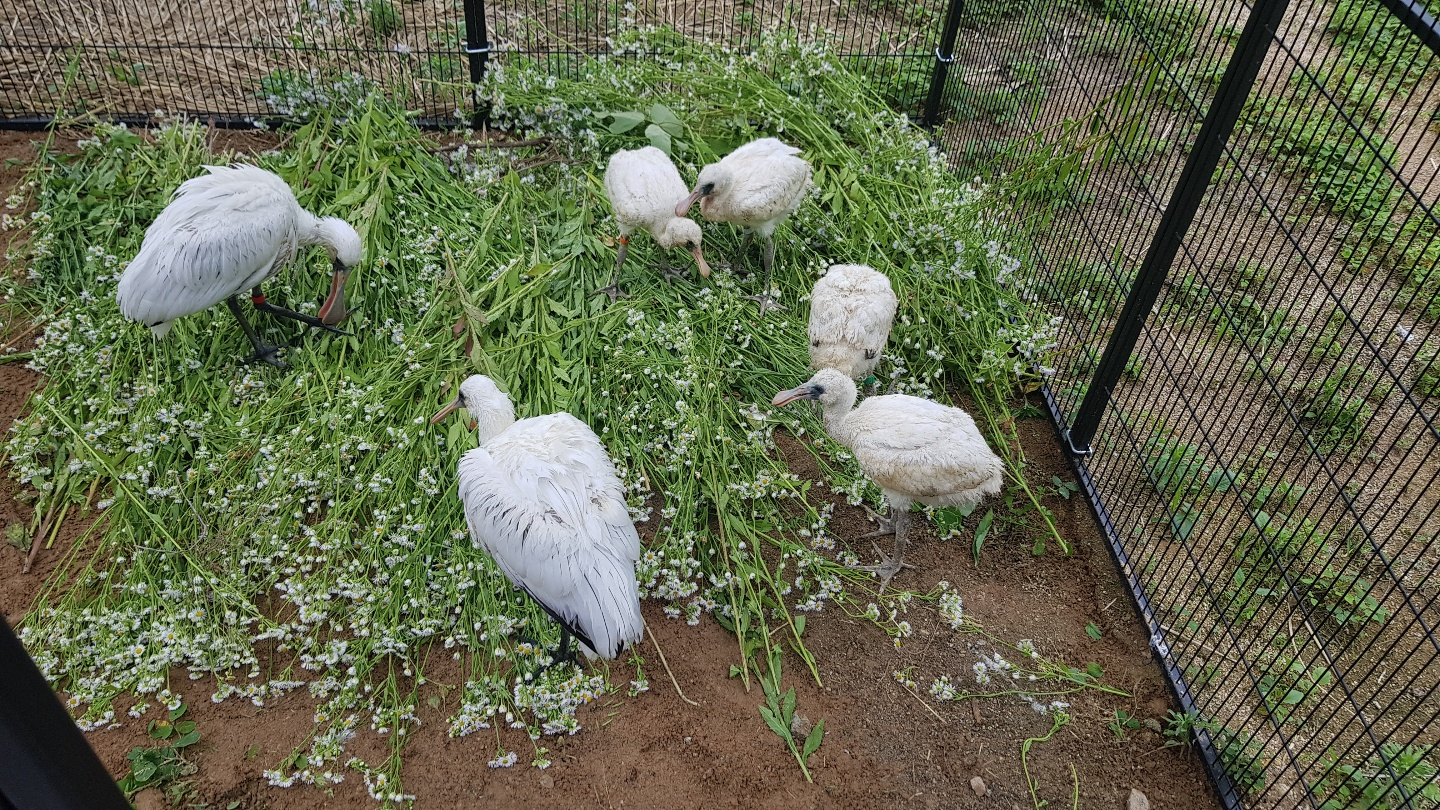
Artificial Breeding of Black-faced Spoonbill ©National Institute of Ecology
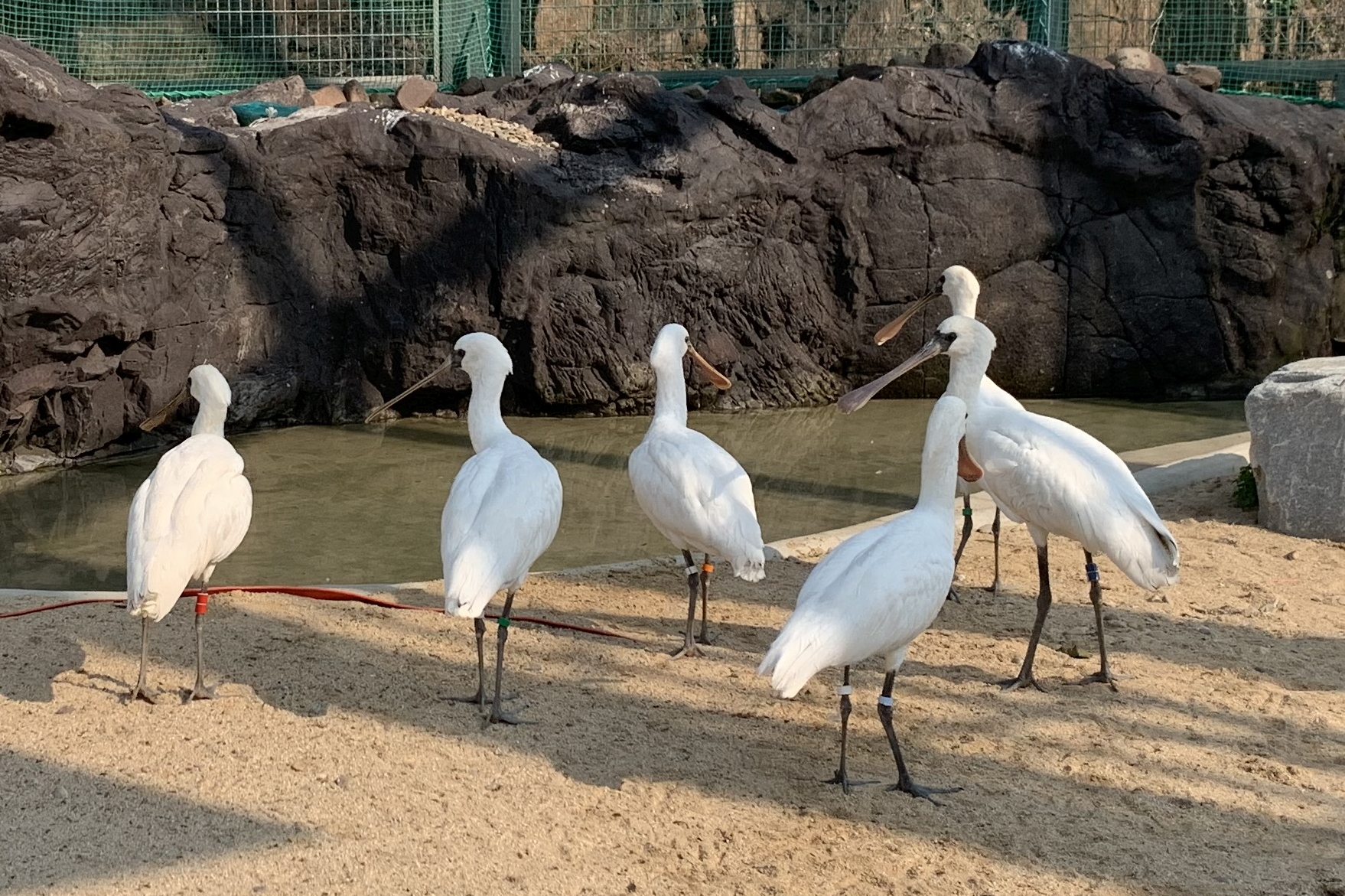
Successful Artificial Breeding ©National Institute of Ecology
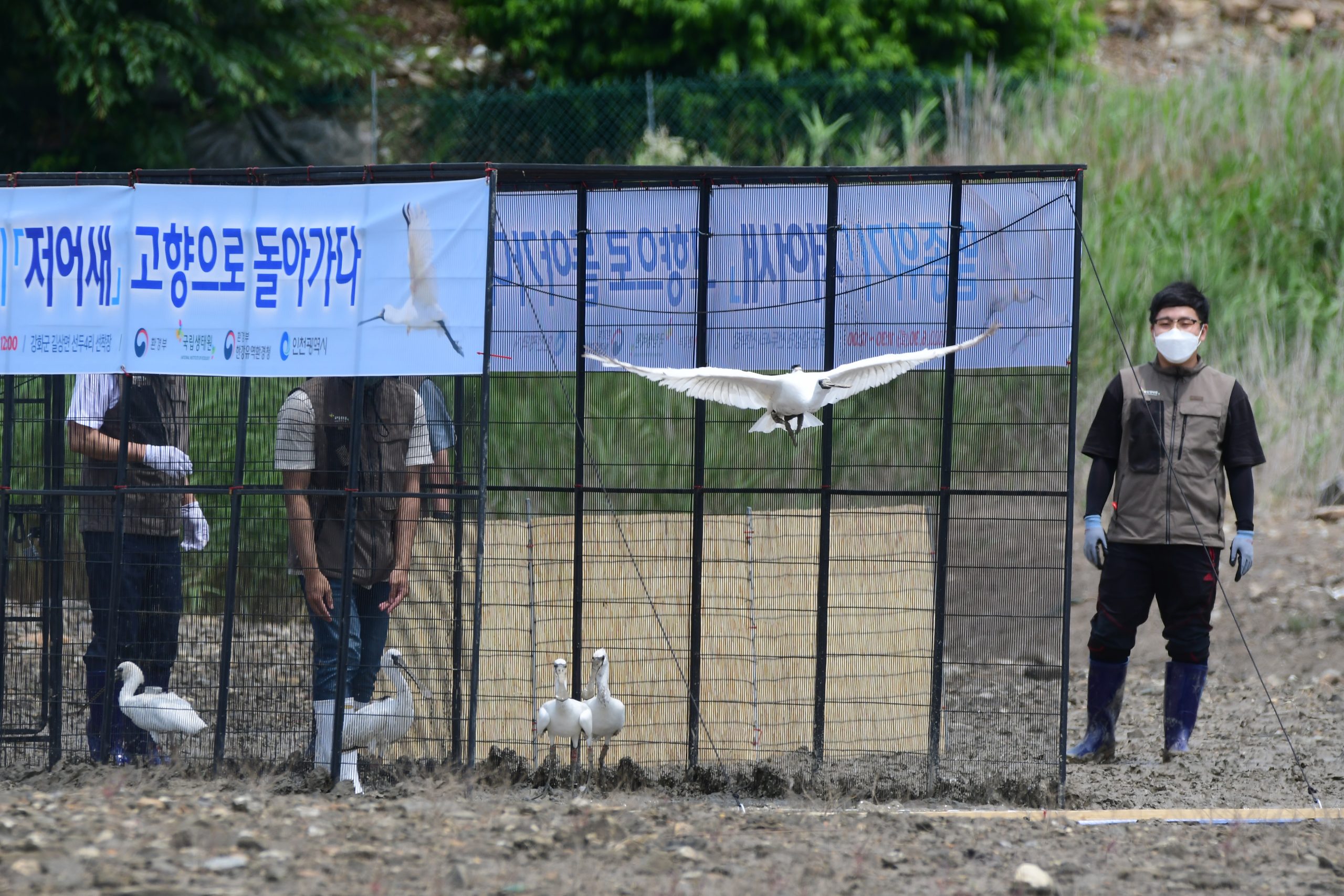
Releasing Black-faced Spoonbill ©National Institute of Ecology
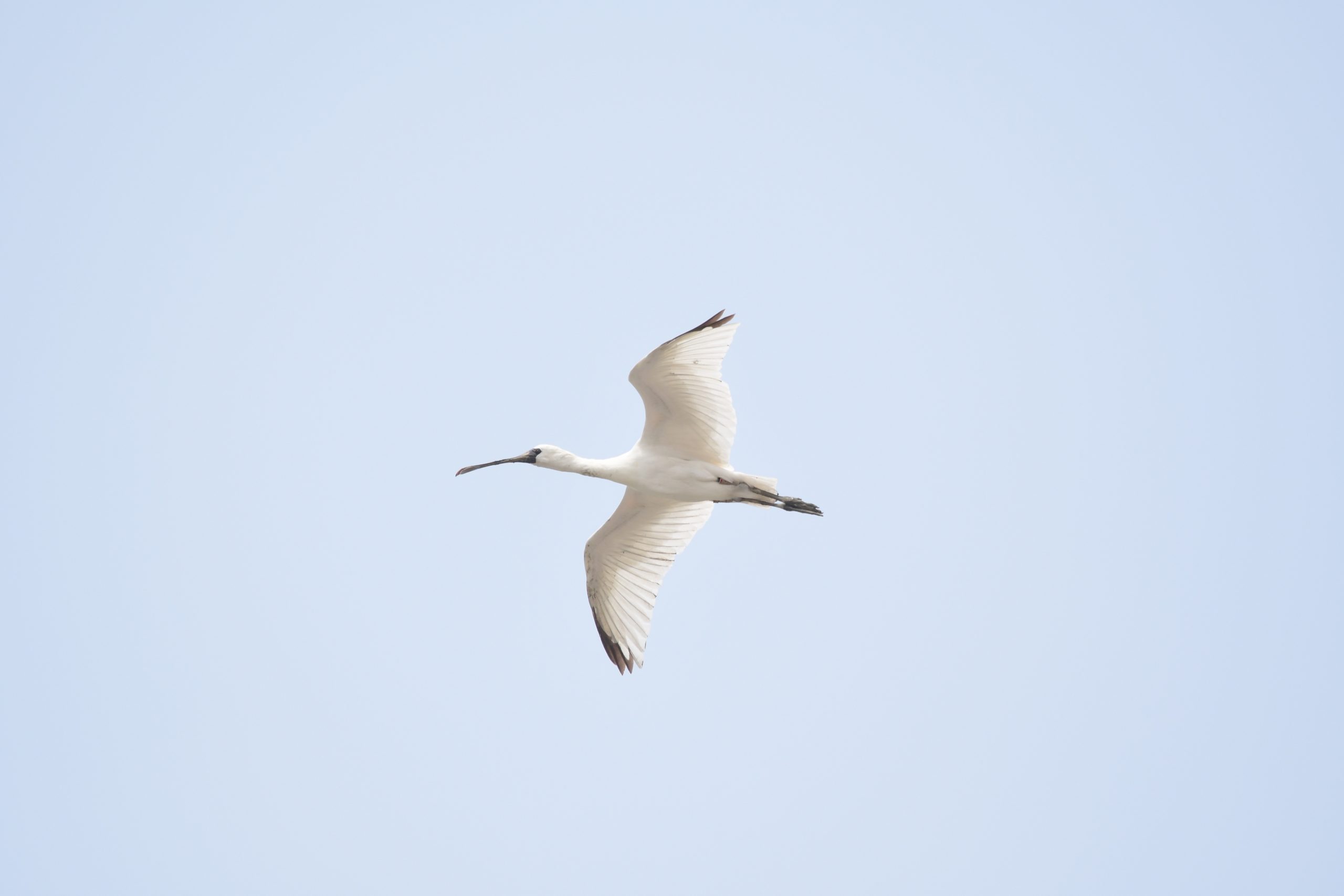
A Black-faced Spoonbill flying after release in nature ©National Institute of Ecology
1) Headstarting is a conservation technique for endangered species, in which young birds under threats during the incubation and/or nestling period are raised artificially and subsequently released into the wild. The technique allows a greater proportion of hatchlings to reach independence by avoiding the negative effect of nest predation or loss to other natural causes.
Article prepared by National Institute of Ecology, Ministry of Environment of Korea.
Original Korean version:
<구사일생 멸종위기 저어새 5마리, 원서식지에 방사>
환경부 산하 국립생태원(원장 박용목)은 인천광역시 강화도 갯벌에서 폐사 위기에서 구해낸 멸종위기 야생생물 I급 저어새 5마리를 6월 30일 오후 12시부터 야생으로 방사한다.
저어새는 세계자연보전연맹(IUCN)에서도 멸종위기(EN)로 기재된 국제적 멸종위기종으로, 전 세계에 4,800여 마리밖에 살지 않는다. 해안 갯벌이나 강 하구에 서식하며, 우리나라 서해안에 전 세계 번식 개체의 약 90%인 1,400쌍이 번식하고 있다. 우리나라 서해안을 비롯해 중국, 러시아에서 3월 말부터 7월까지 번식을 하고 중국 동남부, 베트남 등에서 겨울을 보낸다.

각시암 수몰 둥지 ©국립생태원

각시암 전경 ©국립생태원

각시암 저어새 번식 개체군 변화 그래프 ©국립생태원
이번에 방사하는 저어새 5마리는 지난 2019년 5월 15일 인천 강화도 각시암에서 만조시 물속에 잠길 알을 국립생태원 멸종위기종복원센터 연구진이 구조하여 인공부화와 포육에 성공한 4마리와 같은 해 8월 26일 인천야생동물구조관리센터가 인천 송도 갯벌에서 낚싯줄에 엉켜 탈진상태에서 구조한 1마리로 구성됐다. 이번 방사는 번식지에서 알과 새끼를 구조하고 인공 포육한 후 원서식지에 다시 방사하는 것으로 멸종위기에 처한 조류를 보호하기 위한 선제적 조치의 하나로 이뤄진 것이다. 국립생태원 멸종위기종복원센터는 서울동물원, 인천야생동물구조관리센터와 함께 구조, 알 부화에서 포육, 자연 적응훈련을 하는 등 이번 방사를 준비해 왔다. 멸종위기종복원센터는 이번에 방사될 저어새의 생존율을 높이기 위해 방사 전 비행 및 먹이사냥, 대인기피 등 자연적응 훈련을 실시하고, 저어새의 위치확인과 이동경로 분석 등의 연구를 위해 가락지와 위치추적기를 부착했다. 저어새 방사 후 생존 및 번식지와 월동지 간 이동 등의 자료를 수집·분석하여, 인공 포육 후 자연에 적응 여부를 과학적으로 평가하고, 멸종위기에 처한 야생 조류 개체군 관리에도 활용할 계획이다.

인공부화로 태어난 저어새 새끼 ©국립생태원

먹이 사냥 훈련 중인 저어새 ©국립생태원

수몰 둥지에서 저어새 알 구조 ©국립생태원
박용목 국립생태원장은 “이번 저어새 방사는 환경부에서 추진하는‘멸종위기 야생생물 보전 종합계획’에 따라 야생 개체군 관리 연구를 강화하는 계기가 될 것”이라며, “앞으로 인천 지역 저어새 보호를 위해 지역협의체를 구성하고 체계적으로 운영될 수 있도록 노력하겠다”라고 말했다.

인공육추 중인 저어새 ©국립생태원

저어새 육추 성공 ©국립생태원

저어새 방사 ©국립생태원

비행중인 방사개체 ©국립생태원




